
Nostradamus The Millenium & Beyond
 Nostradamus: The Millennium and Beyond, Prophecies to 2016″ is a collaborative work written by Peter Lorie and Liz Greene, with its first publication dating back to 1993. The book offers readers a glimpse world of prophecy, focusing primarily on the predictions made by the renowned 16th-century astrologer and seer, Nostradamus. Set against a backdrop of astrological significance, the book delves into the interpretations and implications of Nostradamus’ prophecies, aiming to uncover their relevance and potential accuracy.
Nostradamus: The Millennium and Beyond, Prophecies to 2016″ is a collaborative work written by Peter Lorie and Liz Greene, with its first publication dating back to 1993. The book offers readers a glimpse world of prophecy, focusing primarily on the predictions made by the renowned 16th-century astrologer and seer, Nostradamus. Set against a backdrop of astrological significance, the book delves into the interpretations and implications of Nostradamus’ prophecies, aiming to uncover their relevance and potential accuracy.
“Prophecy is at the best of times a chancy business whether undertaken by a 20th-century economist or a 16th-century astrologer or clairvoyant. Polls that predict the outcome of presidential or parliamentary election are as liable to error as the apparently impenetrable outpourings of a Delphic oracle. But, despite its strangeness and allusiveness, prophetic vision has an ancient and honorable lineage. It was prophecy, after all – visionary and astrological – that predicted the birth of Christ. Such is the power and fascination of prophecy that we keep on trying, not only to find out who will be the next national leader, but, whether Nostradamus really did predict Hitler, AIDS, and the end of the world.”
Nostradamus, a renowned figure in the annals of prophecy, was not privy to knowledge about the existence of the outer planets during his time. In light of this, contemporary thinkers believe that modern astrologers take on the mantle of expanding on his predictions with enhanced insight and clarity.
Beyond his prophetic gifts, Nostradamus was not only a visionary but also a scientist, recognizing the domains of astrology and astronomy as the ” celestial Science.” Moreover, deep within the archives of the Library, records reveal that he delved into the study of Greek Astrology, drawing upon ancient wisdom to refine his own understanding of the astrological forces at play. His writings, however, bear witness to a somewhat negative and critical stance. Nostradamus’s disdain for amateur astrology is evident in his texts, wherein he emphasizes the significance of a disciplined approach to astrological interpretation.
The Story of Nostradamus: The Backdrop
Before stepping onto the path that would immortalize his name, he moved through the depths of despair during his tenure as a doctor, combating the dreaded Plague. The Plague, a merciless and lethal disease, cruelly claimed the lives of Nostradamus’ beloved wife and child. In the face of this catastrophic loss, his reputation as a healer and physician was ruined, leaving him a shadow of his former self. This period of his life was a time of suffering, a trial by fire that tested the limits of his resolve and strength.
Yet, it was from these times adversity that Nostradamus arose, driven by a determination to not only to overcome his personal torment but to grasp the threads of destiny itself. Emerging from this hardship, he set off on a path that would lead him to become one of the most renowned prophets of his time, if not of all time. His enduring legacy is a result not only of his uncanny predictions but of the depth and breadth of his insights, which stretch across centuries.
The Mystifying Prophecies
The widespread interest in Nostradamus’ prophecies lies not only in their uncanny accuracy but also in the mysterious metaphors and verses that have mystified scholars and interpreters for generations. The authors of Nostradamus: The Millennium and Beyond, informed by their own research and analysis, claim to have unveiled startling revelations that pierce through the veil of confusion surrounding these prophecies.
However, this undertaking could not have been a straightforward or simple task. Adding to the difficulty of deciphering Nostradamus’ words is the dual nature of his writings, penned in both French and Latin. This linguistic duality presents interpreters with a challenging conundrum as they attempt to interpret and understand his poetic leanings and the layers of meaning encapsulated within his verses.
Furthermore, the lack of chronological order in his work adds an extra layer of difficulty. The absence of a linear timeline in his prophecies transforms interpretation into a challenging endeavor. Yet, this seemingly chaotic arrangement might also be a reflection of Nostradamus’ intuitive understanding of the interconnectedness of events and the intertwining threads of destiny.
His propensity to assemble his readings into thematic clusters rather than tied to specific dates presents yet another puzzle to be unraveled. His prophecies seemingly encompass a spectrum of human experiences, encompassing topics as diverse as religion, famine, and earthquakes.
Nostradamus serves up revelations that’ll make your third eye pop wide open! His prophecies are like pieces of a giant puzzle, scattered across the fabric of existence, waiting for us to connect the dots. What’s he trying to tell us? Is there a method to this madman’s genius, or is he just yanking our chains from beyond the grave?
“In Nostradamus The Millennium Beyond,” the authors explore the realm of astrology, particularly focusing on the impact of Pluto’s transit through the zodiac signs of Scorpio and Sagittarius. This involves an exploration of the hidden aspects of life – the poisons, corruptions, and underlying truths – that emerge during these astrological phases, ultimately serving as a catalyst for transformative processes.
The narrative moves through the ages, touching upon the astrological epochs of Pisces and Aquarius. They present an analysis of the Aquarian age’s emergence, noting its commencement alongside the overlapping tail end of the Piscean age between 1950 and 2050. This transition is further illuminated by the idea of the Aquarian age persisting from 2000 to 4000.
The Aquarian age moves in while Pisces is still doing its thing, somewhere between 1950 and 2050. And this Aquarian energy, it’s not just a one-hit wonder, it’s here from 2000 to a mind-blowing 4000! Can we wield technology without getting swept away by it? Can we handle all of this change without losing our humanity? This is the challenge of the Aquarian age. Think about it – we’re in an age where we’re practically cyborgs, plugged into tech 24/7.
Nostradamus, while possessing prophetic insight into the “great age,” remained unaware of the influence of the outer planets. Consequently, the influence of Saturn, symbolizing scientific reasoning, looms prominently over the Aquarian age. The symbolic significance of the Jupiter “great year” reigns supreme during the Piscean age, expressing the dominant philosophical and religious ideologies that held sway during that era.
It presents to us questions about the consequences of living in a technology-driven era, encapsulating the challenging times ahead involving progress, responsibility, and humanity’s relationship with innovation. This is given expression through the lens of the two ruling planets of the Aquarian age, Saturn and Uranus, which embody contrasting forces: the structured order and the revolutionary impulse.
The Aquarian Age
 Prometheus took fire from the gods and gave it to man. In effect, this is what was happening to mankind today. We are receiving the powers that were originally supposed to be allocated to God, and we are finding ourselves capable of exercising them. In areas such as genetic engineering, where scientists are able to create life, we are faced by moral and religious dilemmas that would have been settled by the church tied to a stake and set by fire. Do we dare to presume that we are able to make life, change life, create the universe around us? Nostradamus and the Aquarian age state very clearly that we are. “All is beneath his feet, like the seat of the heavens.” Everything that was once in the realm of heaven is now the realm of mankind, bringing with it the same responsibilities. Nostradamus: The Millennium and Beyond
Prometheus took fire from the gods and gave it to man. In effect, this is what was happening to mankind today. We are receiving the powers that were originally supposed to be allocated to God, and we are finding ourselves capable of exercising them. In areas such as genetic engineering, where scientists are able to create life, we are faced by moral and religious dilemmas that would have been settled by the church tied to a stake and set by fire. Do we dare to presume that we are able to make life, change life, create the universe around us? Nostradamus and the Aquarian age state very clearly that we are. “All is beneath his feet, like the seat of the heavens.” Everything that was once in the realm of heaven is now the realm of mankind, bringing with it the same responsibilities. Nostradamus: The Millennium and Beyond
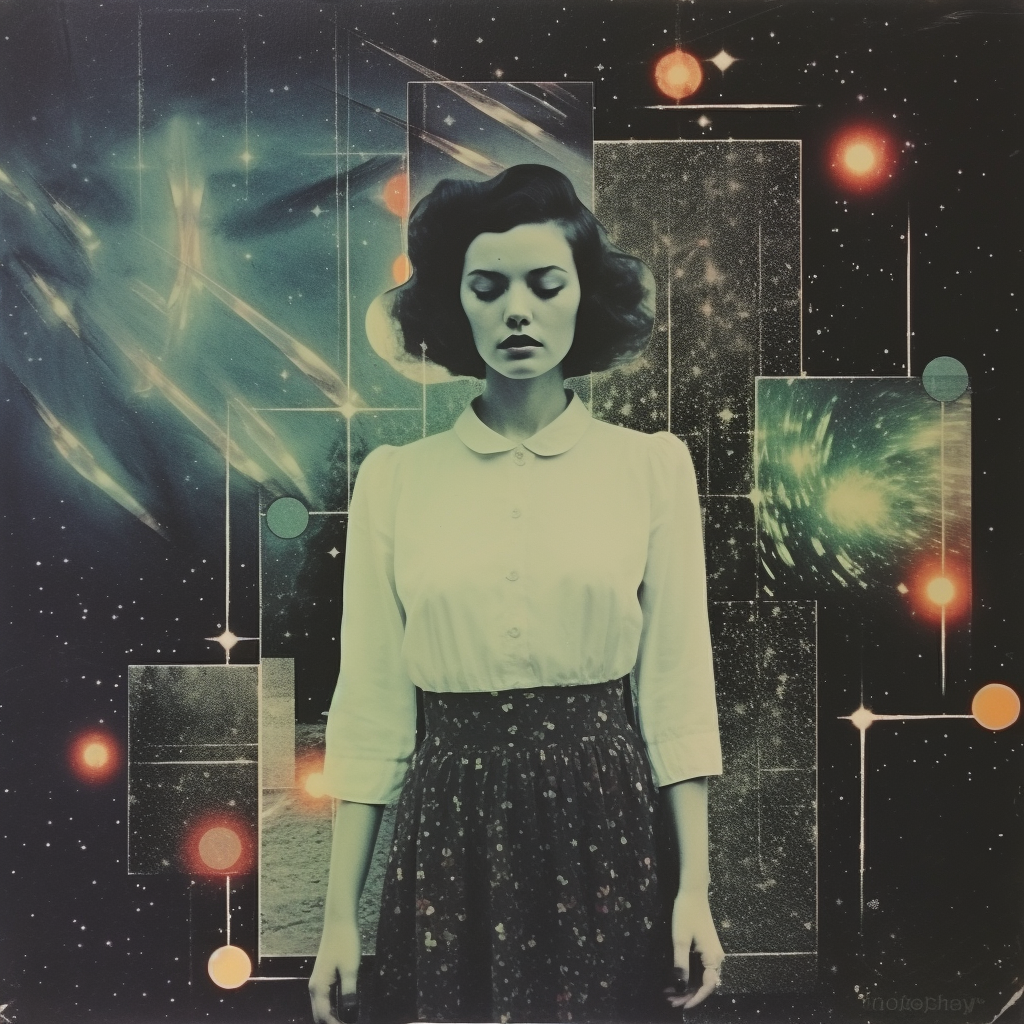



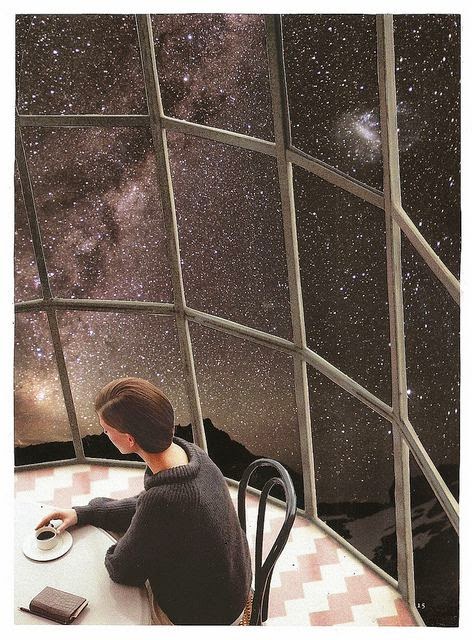
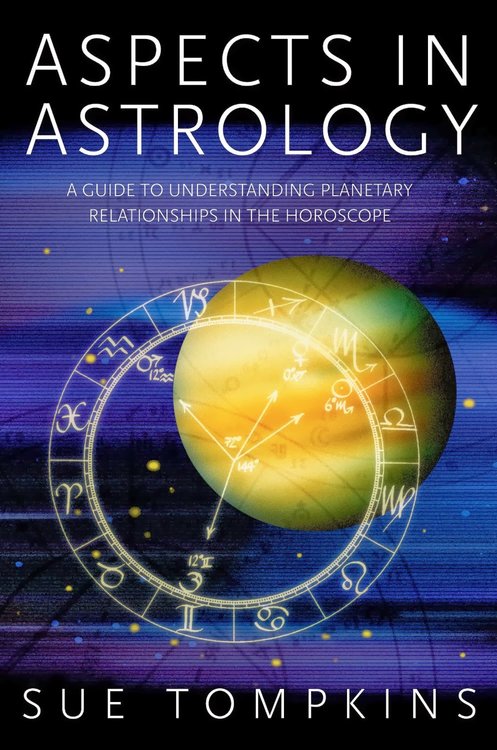








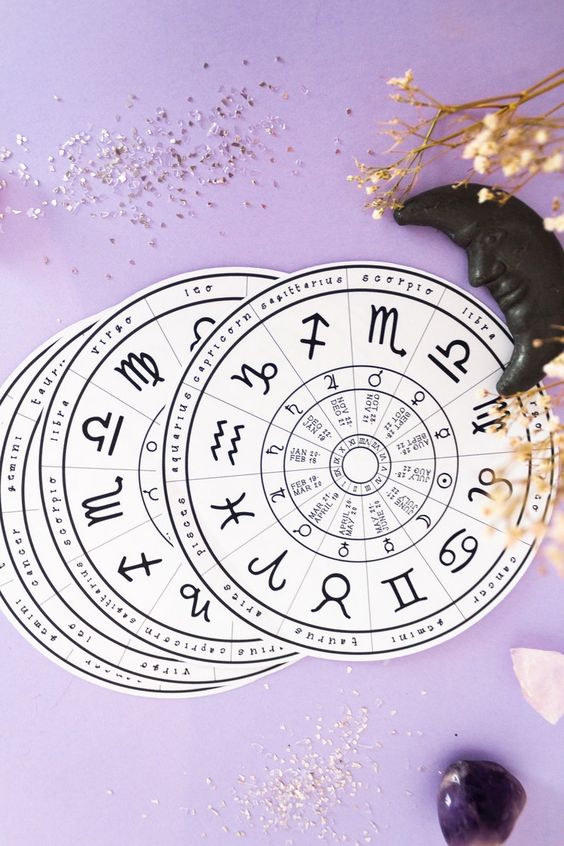
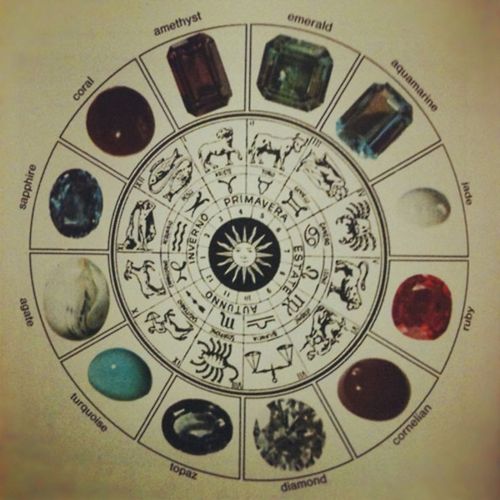



 Sun Square Pluto Synastry: You’ve Got That Power Over Me
Sun Square Pluto Synastry: You’ve Got That Power Over Me
 Scorpio’s Cold Withdrawal
Scorpio’s Cold Withdrawal
 Moon Conjunct Pluto Synastry
Moon Conjunct Pluto Synastry
 Venus-Pluto Synastry: A Love So Powerful That It Might Just Kill Them
Venus-Pluto Synastry: A Love So Powerful That It Might Just Kill Them
 Mars Square Pluto Natal Aspect: The Unbreakable Spirit
Mars Square Pluto Natal Aspect: The Unbreakable Spirit
 Reflections on a Past Venus-Pluto Synastry Aspect
Reflections on a Past Venus-Pluto Synastry Aspect
 Mercury Conjunct Venus Synastry
Mercury Conjunct Venus Synastry
 Mars-Pluto Synastry: Something Quite Dark and Dangerous
Mars-Pluto Synastry: Something Quite Dark and Dangerous
 Uranus Transits 8th the House: Rebirth from Chaos
Uranus Transits 8th the House: Rebirth from Chaos
 Venus Trine Mars Synastry
Venus Trine Mars Synastry
 Mars-Saturn Synastry: The Eternal Loop
Mars-Saturn Synastry: The Eternal Loop
 Composite Sun in the 8th House: Weather the Storm
Composite Sun in the 8th House: Weather the Storm
 Mars in Aquarius: Sex drive
Mars in Aquarius: Sex drive
 Sun Conjunct Pluto Synastry: Enlightening or Annihilating
Sun Conjunct Pluto Synastry: Enlightening or Annihilating
 Venus Trine Pluto: Dark Desires
Venus Trine Pluto: Dark Desires
 Mars Conjunct Pluto Synastry
Mars Conjunct Pluto Synastry
 Moon Opposite Uranus Natal Aspect
Moon Opposite Uranus Natal Aspect
 The Watery Gardeners: Cancer, Scorpio, and Pisces
The Watery Gardeners: Cancer, Scorpio, and Pisces
 Transiting Pluto Aspect Natal Mars: Are You Mad as Hell
Transiting Pluto Aspect Natal Mars: Are You Mad as Hell
 Moon Conjunct Pluto Natal Aspect: Emotional X-Ray Vision – Seeing Through Souls Since Birth
Moon Conjunct Pluto Natal Aspect: Emotional X-Ray Vision – Seeing Through Souls Since Birth